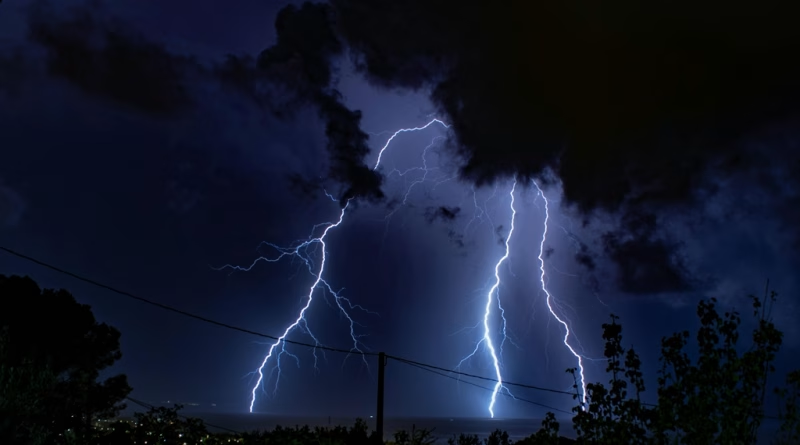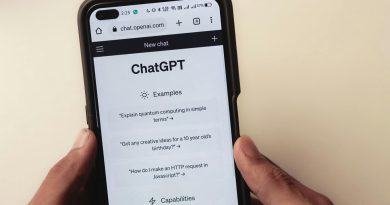How Climate Tech Is Using AI to Predict Disasters (Before They Strike)
From scorching wildfires to surprise flash floods, the cost of climate-related disasters is higher than ever. But in 2025, a new generation of AI-powered tools is giving scientists — and civilians — a crucial edge: early warning.
I explored the cutting edge of climate tech and spoke with engineers working on predictive models. Here’s how artificial intelligence is literally helping us see into the future — and prepare for it.
📡 1. AI + Satellite Data = Faster Forecasting
NASA, ESA, and private firms like Planet Labs now stream petabytes of satellite data daily. But raw imagery alone isn’t enough — and that’s where machine learning comes in.
AI Use Case:
- Detects wildfire hotspots before they’re visible to the human eye
- Monitors vegetation dryness, wind speed, and ground temperature
- Flags early ignition risks within minutes
🔥 Example: The FireGuard AI system helped California respond 4 hours faster to a major blaze in March 2025.
🌊 2. Flood Mapping & River Monitoring in Real-Time
Flood prediction used to rely on historical averages and lagging indicators. Now, AI-enhanced hydrological models can integrate live weather data and simulate river behavior in real-time.
AI Use Case:
- Machine learning predicts overflow patterns based on rainfall + terrain
- Alerts local governments up to 48 hours in advance
🌧️ Bangladesh’s DeltaSafe AI system predicted flash floods in Sylhet — allowing over 30,000 people to evacuate safely in June 2025.
🌀 3. Cyclone Path Modeling with Neural Networks
Traditional hurricane models often differ by hundreds of miles. In 2025, AI-driven systems like DeepStorm AI use neural networks trained on decades of storm patterns to produce tighter, faster path predictions.
AI Use Case:
- Combines satellite data, ocean temps, and wind maps
- Reduces false alarms while boosting precision
🌀 Cyclone Isha in the Indian Ocean was first spotted by DeepStorm 5 days before human forecasters issued an alert.
🌍 4. Community-Based AI for Climate Risk
Some platforms crowdsource local weather reports and photos, feeding them into AI models to enrich accuracy.
Examples:
- Tomorrow.io uses AI to convert phone sensor data (like barometric pressure) into hyper-local forecasts
- RainNet in Africa helps rural farmers plan harvests by anticipating unseasonal rainfall
💡 Why This Matters:
“It’s not about just knowing a disaster is coming — it’s about knowing it early enough to act.”
— Emma Lane
⚠️ Limitations Still Exist:
- AI models depend on quality data — which varies by region
- No model is 100% accurate
- Developing nations often lack access to these advanced tools
✅ Emma’s Final Word
The most exciting use of AI today isn’t creating content — it’s saving lives.
Climate tech is no longer just for scientists.
With AI, we’re entering an era of predictive resilience — where preparation is proactive, not reactive.




